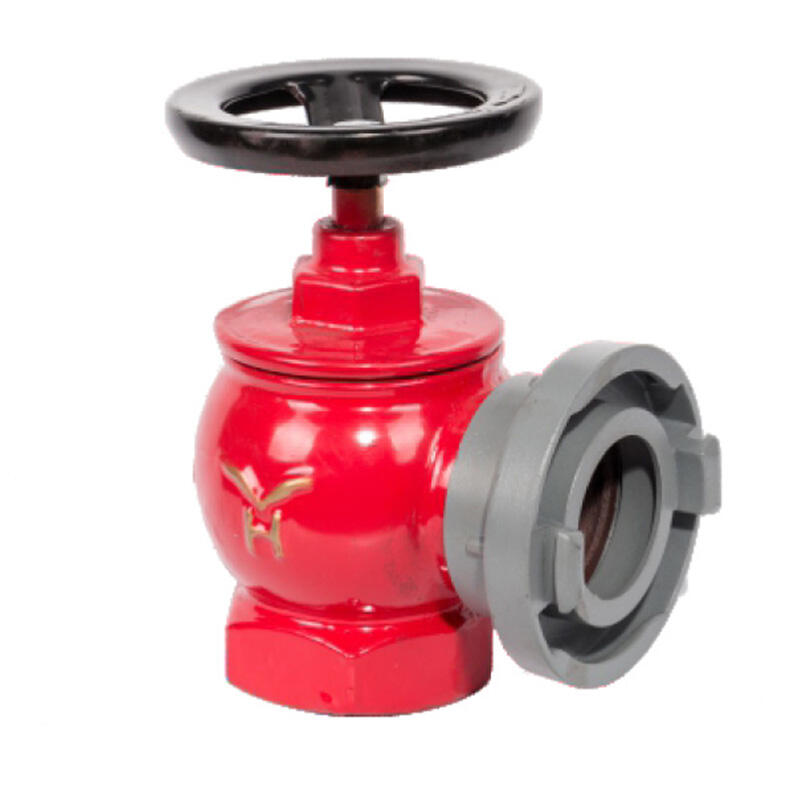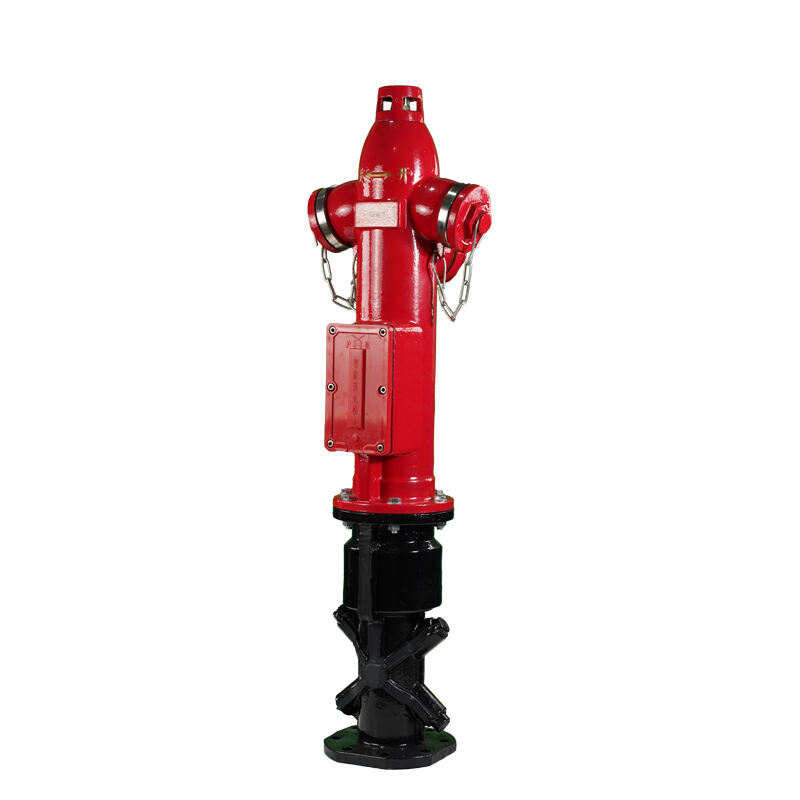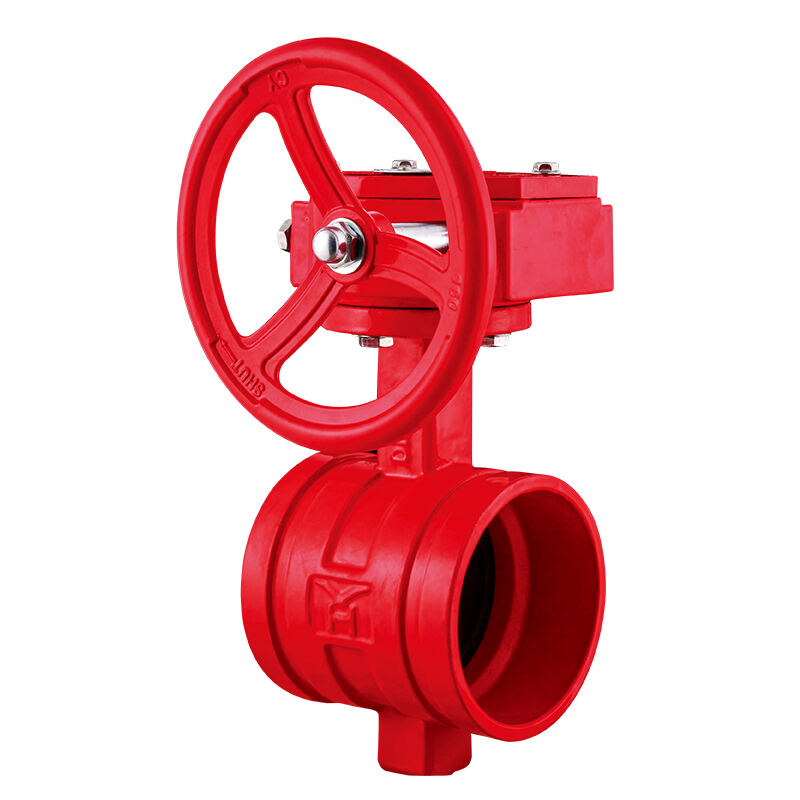wall fire hydrant
A wall fire hydrant is a crucial fire safety device that provides immediate access to water supply in emergency situations. These hydrants are strategically mounted on walls, making them easily accessible while optimizing space utilization. The design typically includes a recessed cabinet that houses essential firefighting equipment, including a hose reel, valve controls, and sometimes additional fire safety tools. Modern wall fire hydrants feature advanced pressure regulation systems that ensure consistent water flow, regardless of building water pressure variations. The construction usually incorporates corrosion-resistant materials such as brass or stainless steel, ensuring longevity and reliable performance. These hydrants are equipped with quick-release mechanisms for rapid deployment during emergencies, and many models include safety glass fronts that can be quickly broken in case of fire. The system connects directly to the building's main water supply, providing a reliable source of water for fire suppression. Most wall hydrants are designed to meet international fire safety standards and local building codes, featuring standardized connections that are compatible with professional firefighting equipment. The installation process typically involves integration with the building's water supply system and requires careful planning to ensure optimal placement for maximum coverage and accessibility.


